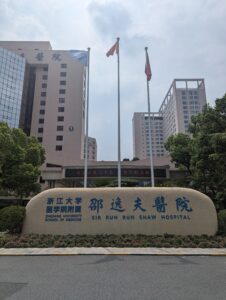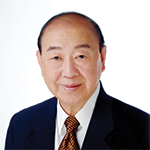The Pathway to Rheumatology Care
In China, a unique aspect of healthcare is that many patients self-refer directly to specialists, bypassing primary care physicians. If a patient is unsure what type of doctor they need, they can see a triage nurse. This means some patients are sent directly to rheumatologists. This can expedite care for patients who need it, but may also lead to unnecessary consultations for those who do not. For example, we saw a new patient with hand pain of three days’ duration. Unfortunately, we did not have much to offer her.
In the U.S., patients typically see a primary care doctor first, who acts as a gatekeeper and refers patients to specialists only when appropriate. Sometimes a referral also requires insurance authorization. This approach may filter out unnecessary specialist consultations, relieving the burden on rheumatologists stretched thin. Conversely, it can delay care for those who truly have a rheumatologic diagnosis, meaning the patient’s condition may be much worse by the time they reach us.
Clinical Differences

Sir Run Run Shaw Hospital entrance, with the large hospital campus in the background. (Click to enlarge.)
While treatment patterns in the U.S. and China are similar, there are a few notable differences. In China, I encountered three Eastern-medicine-derived medications commonly used in conventional treatment. The first was iguratimod, a weak disease-modifying anti-rheumatic drug (DMARD) for rheumatoid arthritis approved in Japan and China.2 It is often combined with other medications, such as methotrexate or lei gong teng (Tripterygium wilfordii), another weak DMARD. Bai Shao, derived from the Chinese peony, is used for rheumatoid arthritis and lupus.3
A more potent medication used for treating mild to moderate systemic lupus erythematosus and rheumatoid arthritis is telitacicept, which targets B lymphocyte stimulator (BLyS) and a proliferation-inducing ligand (APRIL).4 This fusion protein has been approved in China since 2021. Other drugs, such as tacrolimus, thalidomide and cyclosporine, are also commonly used.
In gout treatment, febuxostat is the first-line pharmaceutical treatment, replacing allopurinol due to the high risk of severe cutaneous adverse reactions in the Han Chinese population.5
In addition to the use of rheumatoid factor and cyclic citrullinated peptide to treat rheumatoid arthritis, patients are routinely tested for anti-keratin, anti-RA 33 and anti-mutated citrullinated vimentin antibodies. Imaging tests often involve PET-CT scans and joint ultrasounds, with radiology frequently used to assess synovitis.
I also saw many more cases of Takayasu’s arteritis and IgG4 disease.


